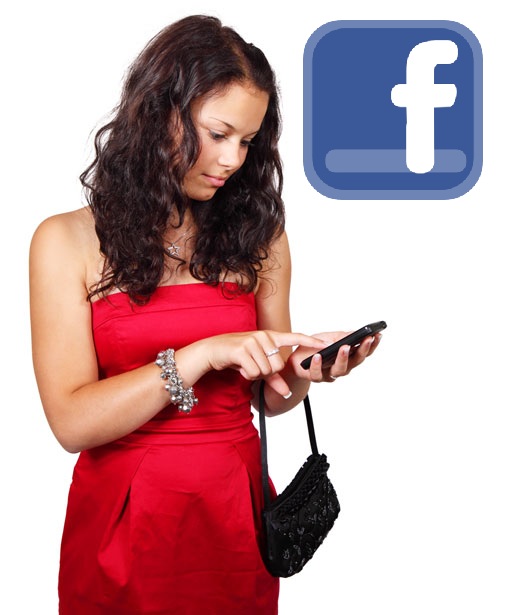 Stores made out of quick response barcodes are going to be a big hit next year.
Stores made out of quick response barcodes are going to be a big hit next year.
A growing number of retailers are bridging the gap between their physical brick and mortar shops and the digital universe through the use of QR codes.
This year, more than three hundred 2d barcode stores popped up all over the world.
As impressive as that may sound, it represents only a fraction of the number that are already in the works for next year. At the moment, more than 2,000 stores based on QR codes are already being planned for launch during 2013.
As mobile devices achieve greater penetration, retailers are finding better uses for QR codes.
Chains of retailers and supermarkets have been seeking a way to span the gap between the real world and the online environment, and QR codes have handed them an affordable, simple, and increasingly recognized way to accomplish this goal. It is also allowing them to bring virtual stores into real life, where they can sell products which are depicted in images virtually anywhere – on billboards, on walls of train stations, in a magazine ad, or even on the product, itself.
Consumers simply need to scan the QR codes related to the product that interests them in order to call up the page that will allow them to quickly order it and have it delivered to their homes. The trend has been taking off and is expected to reach an explosive level next year. Among the primary companies driving this trend is a Dutch internet startup called Shop2Mobi. It gives retailers the ability to create their quick response barcode stores from the ground up.
According to the Shop2Mobi co-founder, Roman Markovski, “Offering customers ultimate convenience, both offline and online, is a huge trend.” The QR codes are already being used by companies worldwide in order to sell their products. They include everything from small businesses to large international corporations such as Walmart, Tesco, Best Buy, and PayPal.
The U.K. and Amsterdam were also the home of special popup stores based on QR codes. These digital malls in the middle of city centers were opened by John Lewis and eBay this year.

 These two industry leaders are generating more in store action than other networks.
These two industry leaders are generating more in store action than other networks.